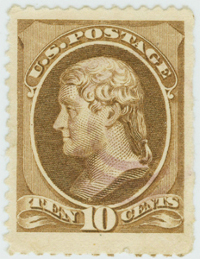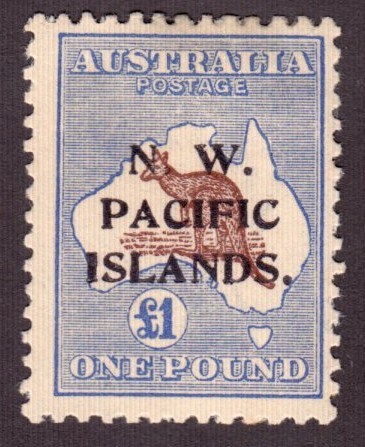by Steve Swain
3rd of November 2012
Are “#1s” the first regular issue stamp of each country? Or are #1s the first airmail issues or the first revenue issues or the first stamped envelopes or the first semi-postals? The decision and collecting choices are left to the individual collector since there are many avenues to take when collecting #1s.
First Regular Issues
As all philatelists know, the 1840 British Penny Black was the first official adhesive stamp. The stamp cost 1 pence and was darkly colored, hence the name Penny Black. A few years later, many countries followed suit and produced their own first regular issue stamp. Notice that all of the earliest first issues, examples below, are imperforate. Perforation for postage stamps was not widely adopted until the latter half of 1850.




Great Britain 1840 United States 1847 Belgium 1849 France 1850




Canada 1851 Chile 1853 Luxembourg 1854 Cuba 1855




Mexico 1856 St. Helena 1856 Peru 1857 Russia 1857
First Air Mail Issues
Orville and Wilber Wright built the world's first successful airplane and made the first controlled, powered and sustained heavier-than-air human flight on December 17, 1903. However, it took another 20+ years for the refinement of aircraft to be sufficient not only for air travel but the transportation of mail. Below are images of some of the first issue airmail stamps.



Denmark 1925 Costa Rica 1926 Egypt 1926



French Morocco 1927 Cuba 1927 Canada 1928
“First Issue” Overprints
One of the purposes of overprints on stamps is to signify the sanctioned use of the stamp by a country or territory that has been recently occupied or conquered by another country. It could be argued, however, that until the occupied country can issue its own stamps, using an existing stamp with an overprint really isn’t the first issue of the original stamp. But that’s what makes collecting #1s so intriguing! Below are images of some “first issue” overprints.





Cyprus 1880 Martinique 1886 French Morocco 1891 Danzig 1920 Latakia 1931
First Issue “Stamps on Stamps”
Many countries have commemorated their first issues on other stamps either signifying the anniversary of the first issue date or promoting stamp collecting. Below are examples of these first issue “stamps on stamps.”



Russia 2008 United States 1972 Great Britain 1970



Canada 1951 Canada 1982 Canada 2001
First Issue Forgeries
One of the more esoteric paths to take regarding #1s is to collect forgeries of first issue stamps. Granted, this could be a very challenging, and potentially expensive, undertaking. Below is an example of a genuine first issue, a forgery of that issue and an explanation of how the forged stamp can be identified.


Angola 1870: Genuine Forgery
Genuine: (1.) There are 121 dots around the central circle. (2.) The cross over the orb is .75 mm wide.
(3.) The orb is .8 mm wide. (4.) The number of dots on the arches, starting from the right arch is 9-10-5-10-9.
Forgery: (1.) There are only 108 dots in the central circle. (2.) The cross on top of the orb is 1.2 mm wide.
(3.) The orb is .8 mm wide. (4.) The number of dots on the arches, starting from the right arch is 8-9-5-10-8.
End Note
The numerous types and variations of #1s provide many intriguing collecting themes. For additional information about first issues, visit the First Issues Collectors Club at http://www.firstissues.org. The club promotes the collection of the first postage stamp issued by any nation, province, city, army or other entity that has, at any time, issued postage stamps, and facilitates the exchange of information about these issues among stamp collectors.
The Author
Steve Swain has collected stamps for 56 years. His articles have appeared in The American Philatelist, U.S. Stamp News, The Philatelic Commnicator, Florida Postal History Journal, Georgia Post Roads, Stamp Insider, Stamp Collecting World and other philatelic publications on topics such as Encased Postage Stamps, Civil War Adversity Covers, U.S. Revenue Stamps on Photographic Calling Cards, Mourning Covers and Revenue Stamped Paper on Bank Checks.


